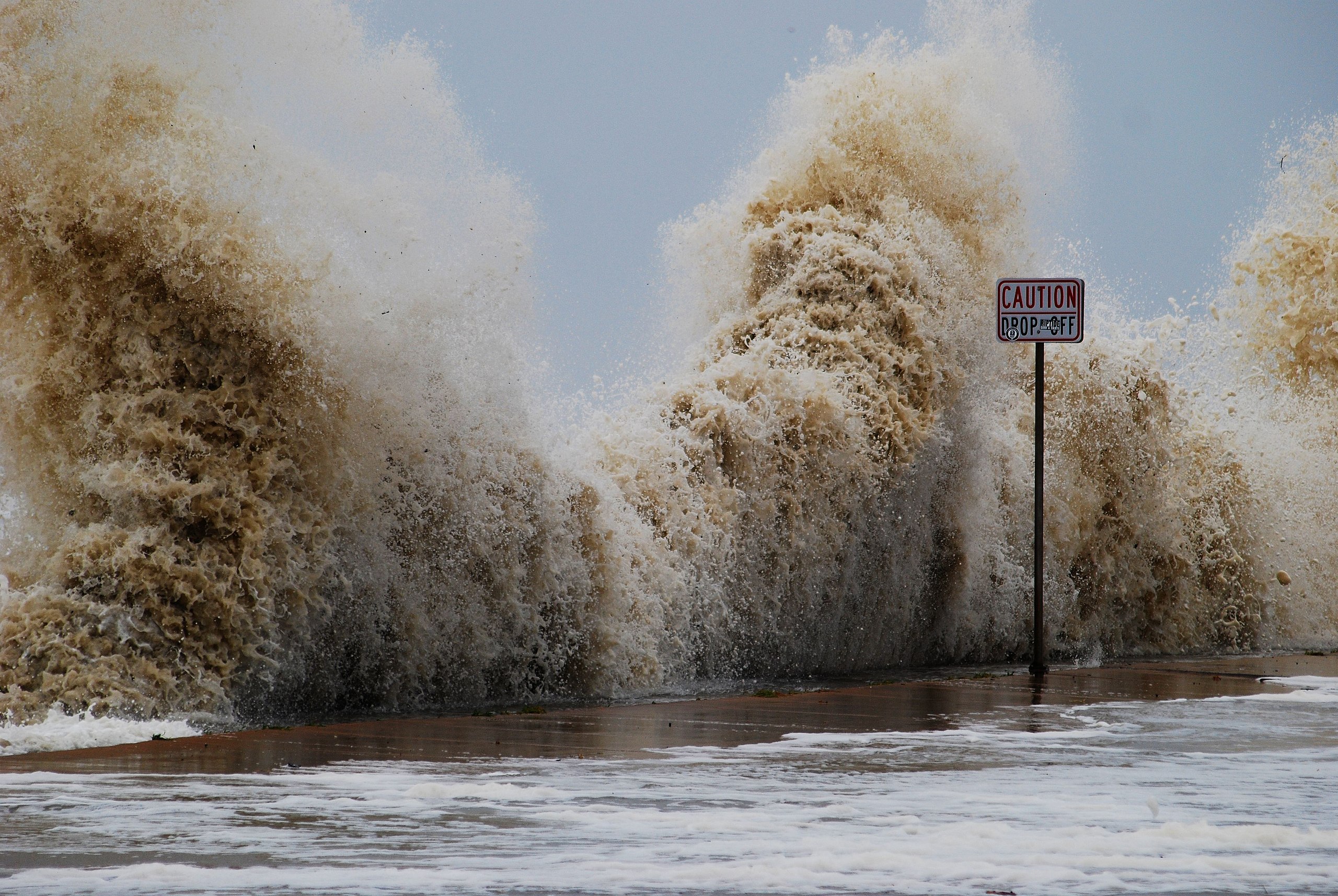The second section of the Intergovernmental Panel on Climate Change (IPCC)’s latest report outlines how we can adapt to climate change threats, and includes a dedicated chapter on New Zealand and Australia.
The Science Media Centre hosted a briefing for journalists with leading New Zealand co-authors of the forthcoming IPCC WGII report. The SMC also gathered comments on indigenous knowledge and climate adaptation.
SPEAKERS:
- Prof. Anita Wreford (Lincoln University)
- Prof. Bruce Glavovic (Massey University)
- Prof. Bronwyn Hayward (University of Canterbury)
- Dr Judy Lawrence (Victoria University of Wellington)
The full briefing is available below, along with written comments from Prof Hayward:
Professor Bronwyn Hayward, Department of Political Science and International Relations, University of Canterbury, comments:
“The weight of new evidence in this latest IPCC report is telling us that we are moving more quickly than previously expected, to reach the limits of the climate risk we can adapt to.
“New Zealanders only need to look to the recent repeat flooding in Westport, or Brisbane and wider Queensland this week, where eight lives have been lost and 50,000 homes are currently without power, to understand what ‘reaching the limitfs of adaptation’ really means.
“This report indicates that 40 percent of the world, or 3.5 billion people are now “highly vulnerable” to climate change, particularly in cities where cascading and compounding risks such as heat combined with air pollution will impact on all residents but particularly the most vulnerable, including the poor, the elderly, children, disabled, Indigenous communities and ethnic minorities.
“But the report also says we can secure a liveable future if we act now to both protect people and the planet, and reduce greenhouse gas emissions. The report highlights the importance of bringing national government funding to support equitable local community partnerships and taking collective action.
“This isn’t about building more seawalls or planting large blocks of exotic trees as carbon sinks. Some of this action is inevitable but the evidence suggests this needs to be very carefully managed to avoid new and greater risk and impacts.
“Instead, the report also focuses on the value of social infrastructure (income protection, education, health and housing) alongside green ecological investment and engineering to secure a more liveable future, especially in cities, where two-thirds of the world will be living by 2050.
“Despite the stark messages, I do find it remarkable that nearly 200 governments have signed off this report, acknowledging that climate impacts are now questions of “human rights”, and “justice” and that Indigenous and local knowledge and “equitable” partnerships can help us as we work to find the best ways to solve these problems.
“The report is clear, we have a very short time now to make the major investments and take the action we need to protect our communities. This will be challenging, but the time to act is now.”
Conflict of interest statement: Prof Hayward was a coordinating lead author of the cities and infrastructure chapter of the WGII report and is a member of the IPCC AR6 core writing team.
